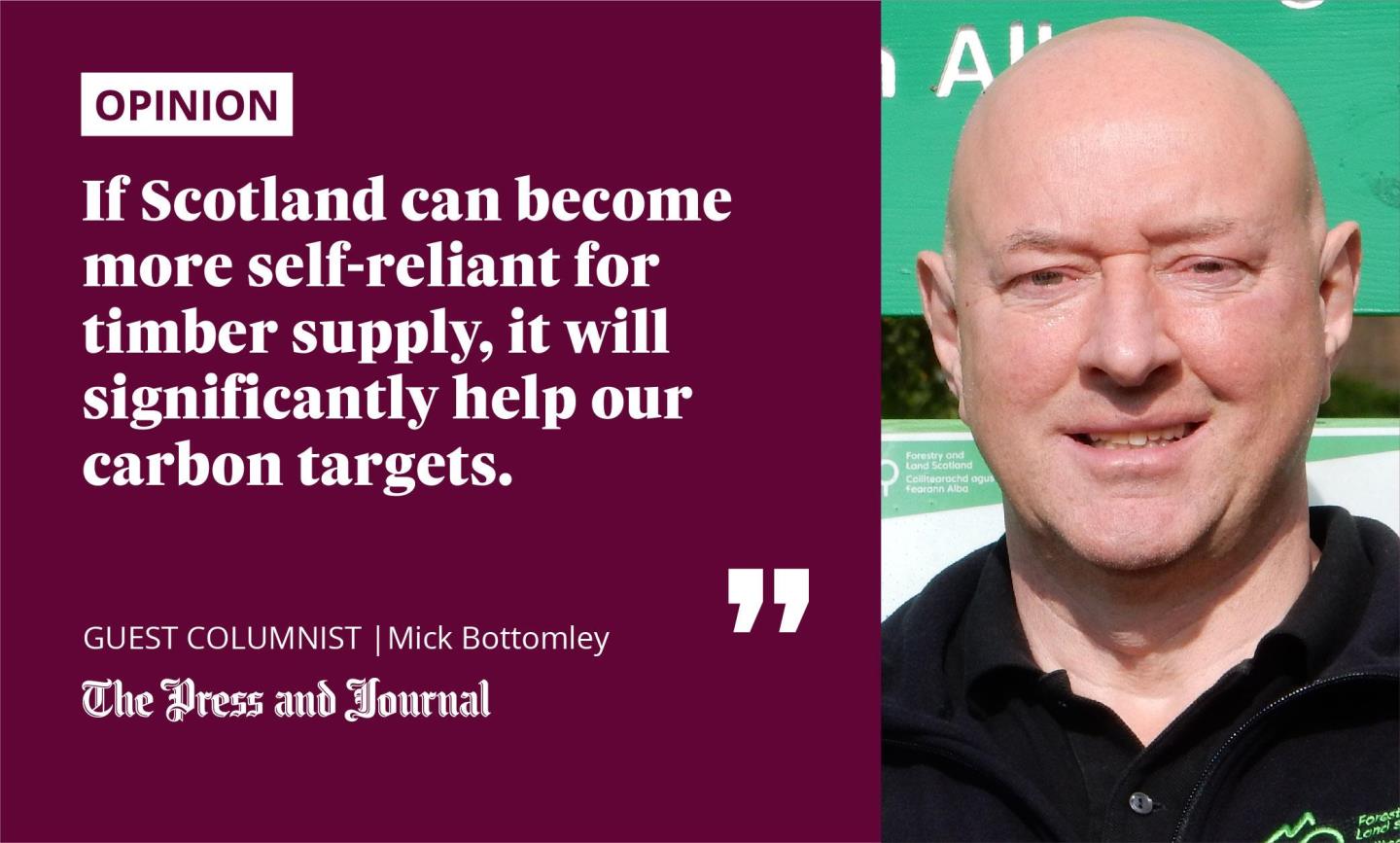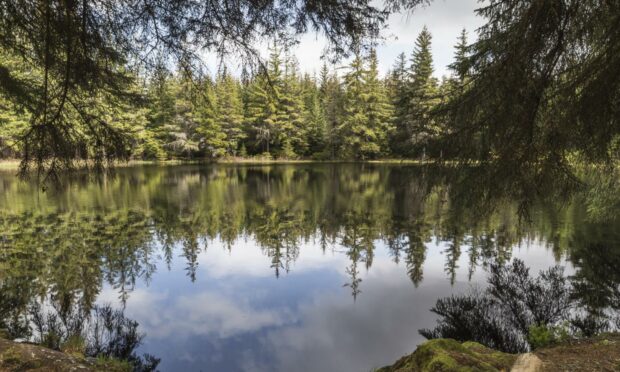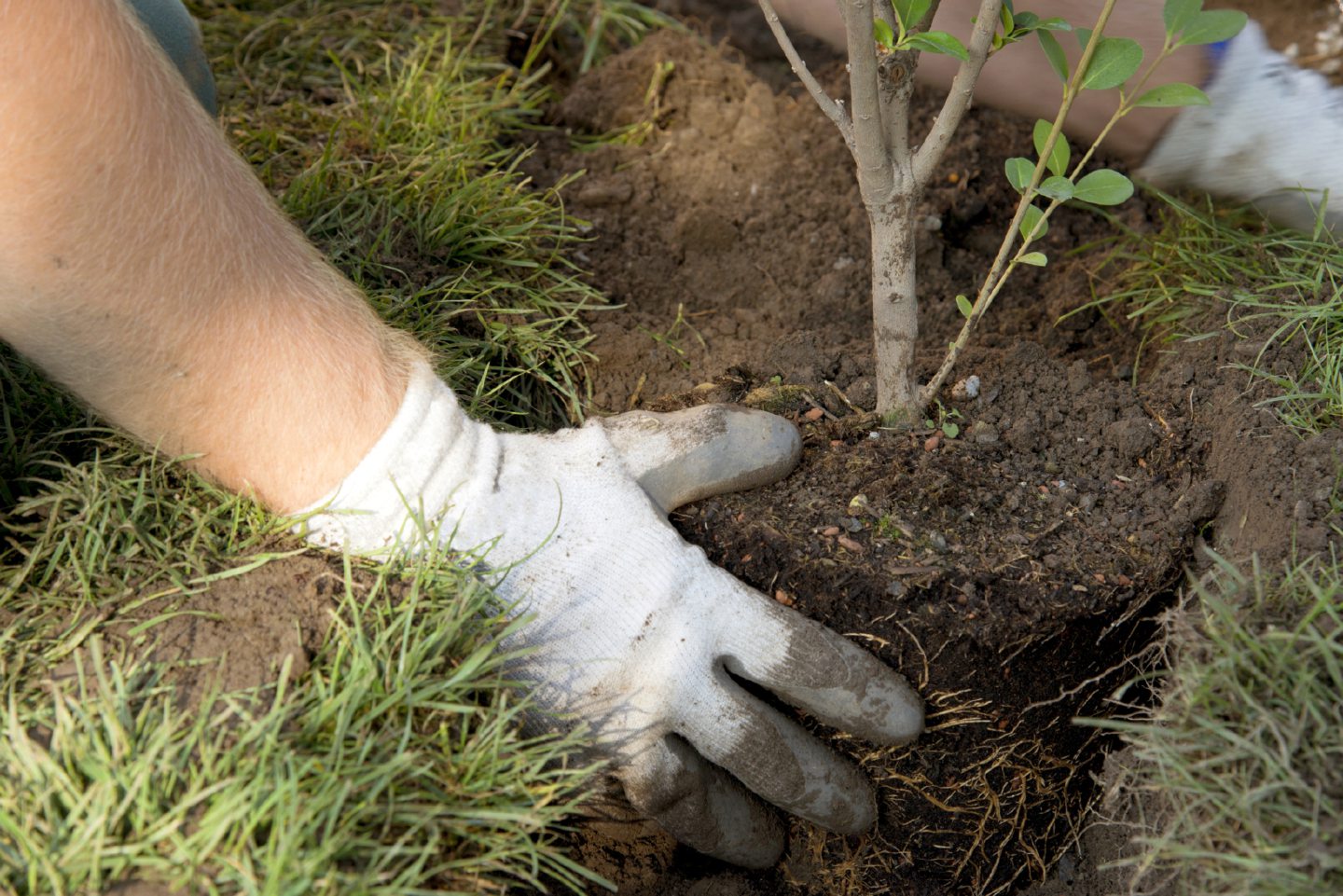There is a saying that the best time to plant a tree was 20 years ago, and that the second best time is now.
This is a neat summation of a forester’s life. Our view is necessarily a long one – activity today delivers results far in the future.
For Forest and Land Scotland (FLS), these results include growing commercial timber supplies to meet Scotland’s domestic demand, preserving natural forest growth and creating biodiverse environments where thousands of protected plant and animal species can flourish.

In any given year, FLS plants the equivalent of five trees for every person in Scotland – that’s 25 million trees we are adding to the national forest estate. Over the same period, we will harvest around nine million trees.
A war of a different kind
Our commercial activity is true to our roots. A national forestry body was created more than 100 years ago after World War One to counter a timber shortage which threatened livelihoods and economic recovery.
Now we are reacting to a battle of a different kind – a climate crisis in which trees and their role in reducing carbon emissions is a worldwide priority. In Scotland, it is a battle in which foresters and the FLS will play an integral part.
Again, to achieve this requires a long view, but based on the best research and knowledge that we have around us today. Timber is a sustainable product and commercial forests bring particular benefits regarding the climate.
Conifers, destined for commercial sale, can take 30 to 40 years to grow to maturity. This is fast growth for a forester; broadleaf native species may not mature for a century or more. Hectare for hectare, Sitka spruce locks up more carbon emissions than any other species, apart from the Douglas fir, and is indispensable when it comes to meeting our carbon targets.
At the other end of the process, conifers are the main source of construction timber in the world. Increasingly, timber is being engineered as a sustainable alternative to concrete and steel, which both generate high rates of carbon emissions.
Paying attention to the present and the future simultaneously
What we see from the climate emergency is that nothing happens in isolation, and the success of forestry is as much focused on future generations as it is on the present. We are also increasingly aware of how all our activity interleaves to either create healthy environments or diminish them. Modern forestry is very much about the former.
Our more sustainable forestry model considers landscape design and visual impact, protects water courses and important habitats, and recognises the benefits of including a mix of species – including broadleaves – even as we meet our commercial targets. It makes forests more resilient to pests and diseases, and to a changing climate.
In the UK, we import 80% of our annual timber requirement, and this means we are still vulnerable to fluctuations in the global market. Furthermore, the carbon miles of importing timber sit against its usefulness as a sustainable and renewable resource.
We believe that Scotland-based timber manufacturers could potentially triple production to meet current and anticipated future demand, rather than rely on imports, predominantly from Scandinavia, Latvia and Germany.
If Scotland can become more self-reliant for timber supply, it will significantly help our carbon targets. Sustainable management aims to maintain or increase forest cover – locking away carbon emissions – while at the same time producing an annual yield of timber.
We are also committed to creating forests for future generations, where people can enjoy the health benefits of being among trees, and discover our native wildlife.
The land itself will benefit from careful stewardship. FLS cares for forests but also peatlands, coastal margins and moorlands. This care is focused not only in the present but on the legacy that will benefit many generations ahead.
Mick Bottomley is head of timber marketing and sales for Forestry & Land Scotland

